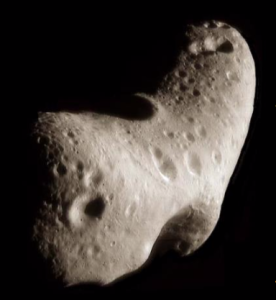Technical Risk Assessment of Space Resources Utilization

Solar System bodies – including the Moon and Near-Earth Objects (NEOs) – contain a rich diversity of materials such as metals and volatiles that could be used as energy sources and as means to sustain human life, as humankind ventures deeper into space. Space agencies worldwide are considering such resources as potential raw materials for space infrastructure development, based on recent technological advances related to space in-situ manufacturing. Concepts, payloads and technologies have also been proposed to harness resources such as water, which is present in the form of ice in the Moon's regolith and in some hydrated asteroids, for life support needs and energy and propellant production in the context of deep space exploration. In addition to this, private companies have formulated plans to extract mineral resources from asteroids or other celestial bodies for exploitation elsewhere in the Solar System. These operations would entail certain risks and third-party liabilities that need to be better analysed and characterised.
Such considerations motivated LSA and ESA to initiate this study with the financial support of the LuxImpulse and ESA's Discovery & Preparation elements.
The objectives of the study were to compile a list of potential space resource utilisation missions, defining risk criteria relevant to them and performing a preliminary risk analysis; and to propose a risk assessment methodology and inputs that entities wishing to carry out these missions should provide to a national authority for mission certification.
The study was completed in February 2019 and had a duration of seven months. It proceeded through two main iterations, one until the progress review three months after the study kick-off, and the other up to the final review.
